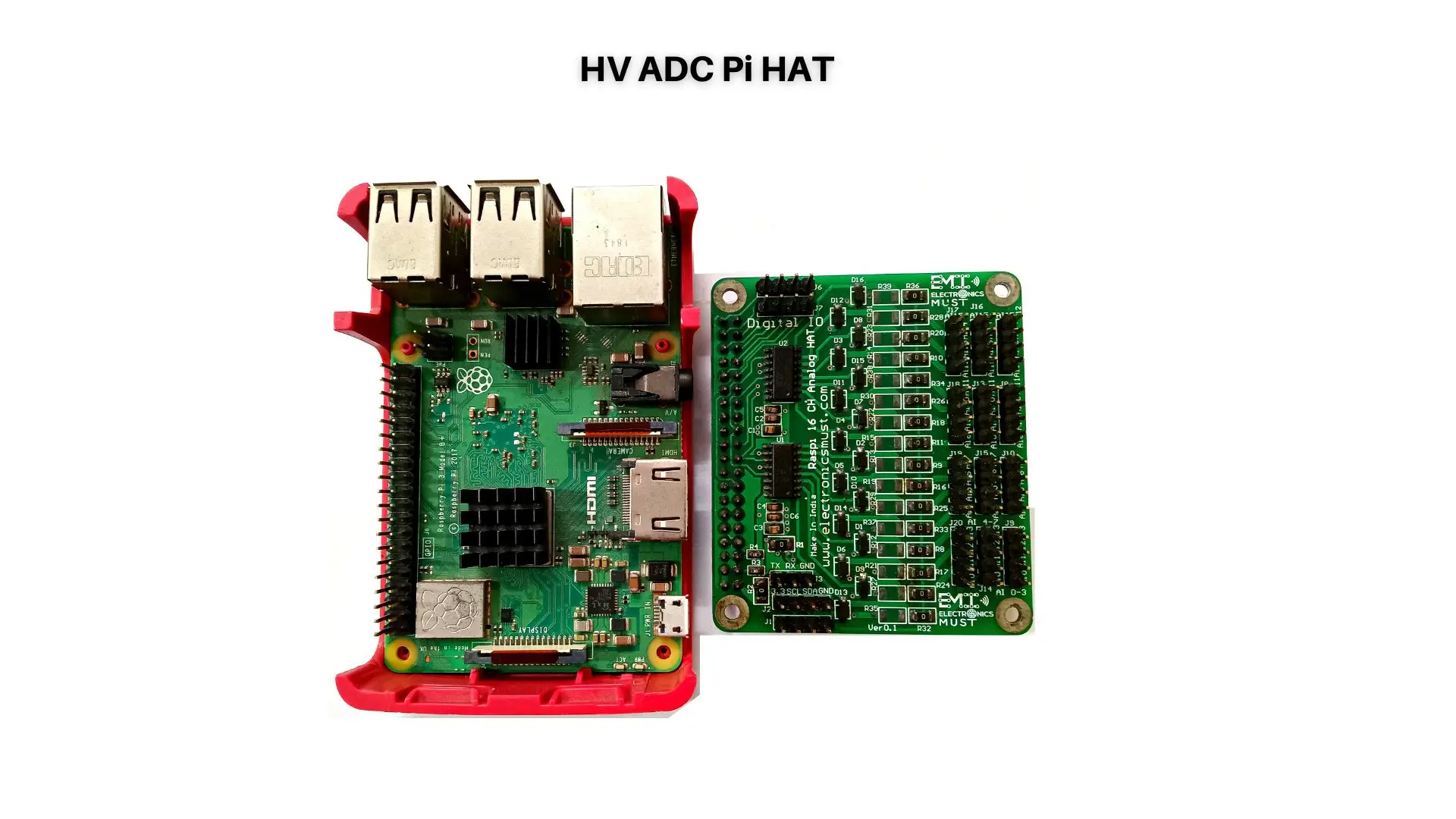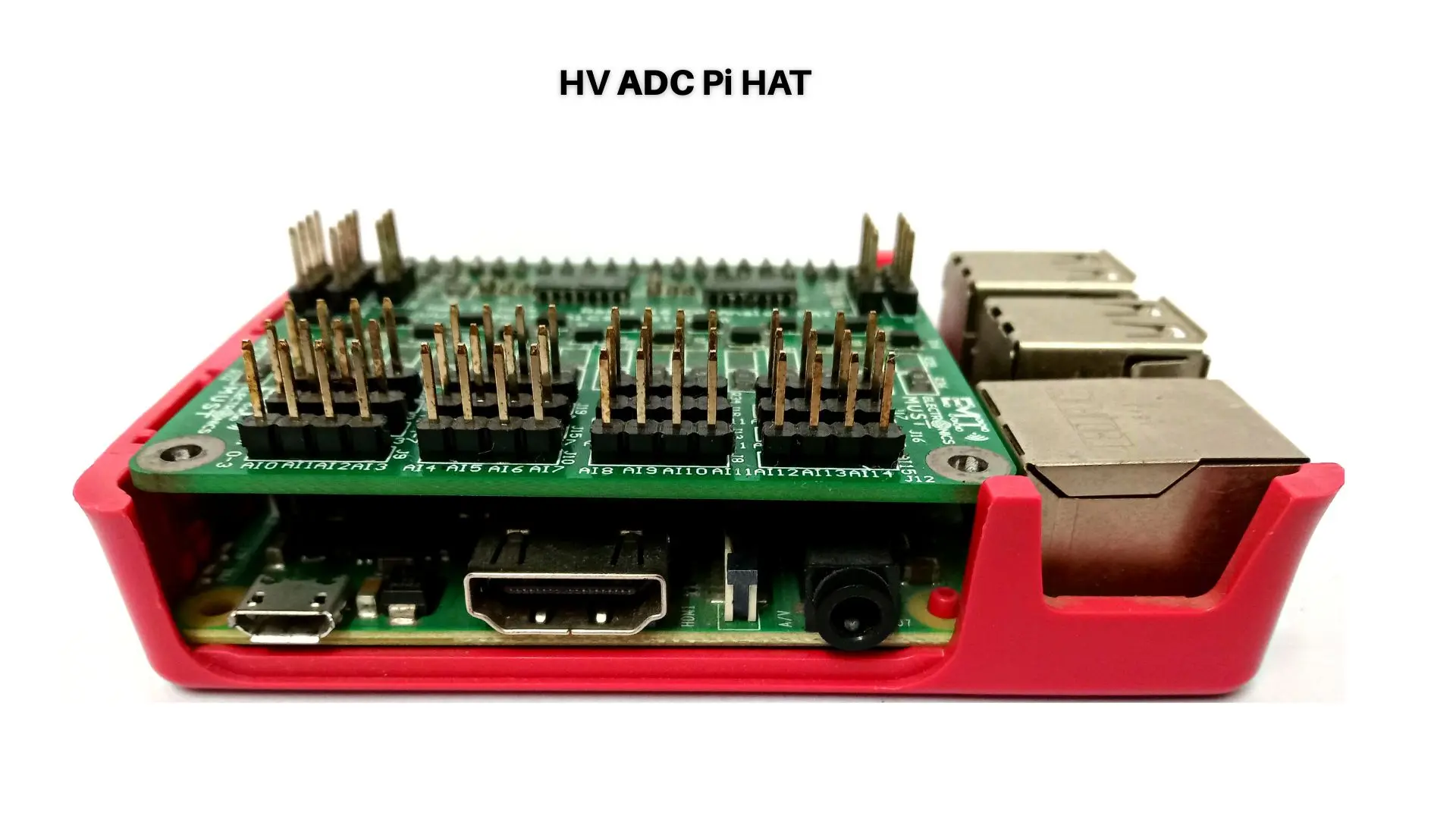Embedded systems have become an integral part of our daily lives. They are everywhere, from our smartphones and laptops to our cars and home appliances. At the heart of every embedded system is firmware, a type of software that is specifically designed for hardware devices. In this blog, we will explore the role of firmware in embedded design and why it is critical to the functionality and performance of these systems.
1.What is Firmware?
Firmware is a type of software that is specifically designed for hardware devices. It is typically written in low-level programming languages such as assembly or C and is responsible for controlling the behavior of the hardware device. Unlike traditional software, firmware is stored in non-volatile memory, meaning that it remains intact even after the device is powered off.It is responsible for controlling the functions of the hardware device, such as its input/output operations, and communication with other devices. Firmware is typically stored in non-volatile memory, such as ROM or flash memory, which allows it to retain its state even when the device is powered off.
Firmware is an essential component of embedded systems, as it is responsible for controlling the behavior of the hardware device. Without firmware, the device would not be able to function correctly.
Key Components of Firmware in Embedded Design
There are several key components that must be considered when designing firmware for an embedded system. These include:
- Initialization routines: The firmware must be designed to initialize the hardware of the embedded system, including setting up memory, configuring the input/output ports, and initializing the interrupt system.
- Interrupt handling: The firmware must be designed to handle interrupts, which are signals generated by the hardware to indicate that an event has occurred. Interrupt handling is critical for managing the input/output operations of the embedded system.
- Main control loop: The firmware must be designed to execute the main control loop of the embedded system, which is responsible for managing the system’s overall operation.
- Communication protocols: The firmware must be designed to support the communication protocols used by the embedded system, such as UART, SPI, or I2C.
- Error handling: The firmware must be designed to handle errors and exceptions that may occur during the operation of the embedded system.
2.The Role of Firmware in Embedded Design
The role of firmware in embedded design is multifaceted. It is responsible for controlling the behavior of the hardware device and ensuring that it operates correctly. Firmware is also responsible for communicating with other components of the embedded system, such as sensors and actuators.
Firmware is critical to the performance and functionality of embedded systems. It ensures that the device operates as intended and that it responds appropriately to various inputs and outputs. Firmware also plays a crucial role in the security of embedded systems, as it can implement security measures such as encryption and authentication.
Here are some ways firmware impacts embedded design:
1. Controlling Hardware
Firmware is responsible for controlling the hardware of an embedded system. It is the interface between the software and the hardware, and it translates high-level software commands into low-level hardware instructions. Firmware also monitors the hardware for errors and performs necessary actions to prevent failures.
2. Customizing Functionality
One of the most significant advantages of firmware is that it allows developers to customize the device’s functionality. Developers can program the firmware to perform specific tasks and adapt to different situations. For example, firmware in a washing machine can be programmed to adjust the wash cycle based on the weight of the clothes.
3. Managing Power Consumption
Firmware can help manage power consumption in embedded systems. It can turn off unnecessary hardware components when not in use and optimize power usage. This is particularly useful in devices that rely on batteries, as it helps extend the battery life.
4. Providing Security
Firmware can also provide security features in embedded systems. It can implement encryption and authentication mechanisms to protect sensitive data. Firmware can also prevent unauthorized access to the device by implementing access control mechanisms.
3.Firmware Development Process
The firmware development process typically involves several stages, including design, development, testing, and deployment. The design stage involves identifying the requirements of the hardware device and developing a plan for how the firmware will meet those requirements.
The development stage involves writing the code for the firmware and testing it to ensure that it functions correctly. Once the firmware has been developed, it is tested extensively to ensure that it meets the requirements of the hardware device and that it is free from bugs and other issues.
The deployment stage involves installing the firmware on the hardware device and ensuring that it operates correctly. Firmware updates are also common in embedded systems, as they can improve the performance and security of the device.
4.Challenges in Firmware Development
Firmware development is not without its challenges. One of the most significant challenges is ensuring that the firmware is compatible with the hardware device. This requires a deep understanding of the hardware device and its specifications.
Another challenge in firmware development is ensuring that the firmware is free from bugs and other issues. Testing is critical in ensuring that the firmware functions correctly and meets the requirements of the hardware device.
Security is also a significant challenge in firmware development. Embedded systems are often used in critical applications, such as medical devices and industrial control systems. Ensuring that the firmware is secure is essential in preventing unauthorized access and protecting the integrity of the system.
5.Conclusion
Firmware is an essential component of embedded systems, and its role in ensuring the functionality and performance of these systems cannot be overstated. Understanding the role of firmware in embedded design is critical to developing reliable and secure embedded systems. As the technology continues to evolve, we can expect to see even more innovative uses of firmware in embedded systems, enabling new applications and improving the performance of existing ones.






